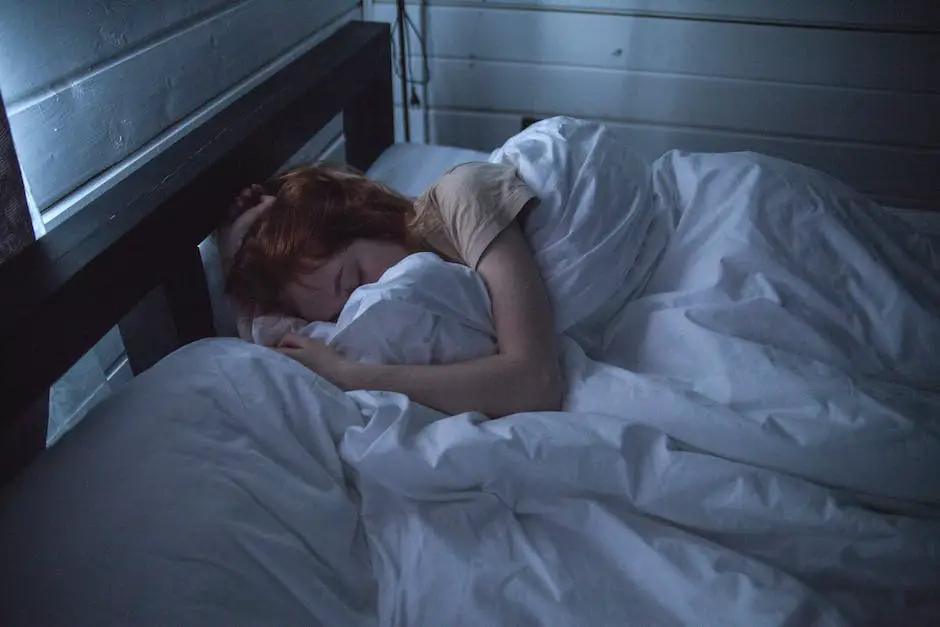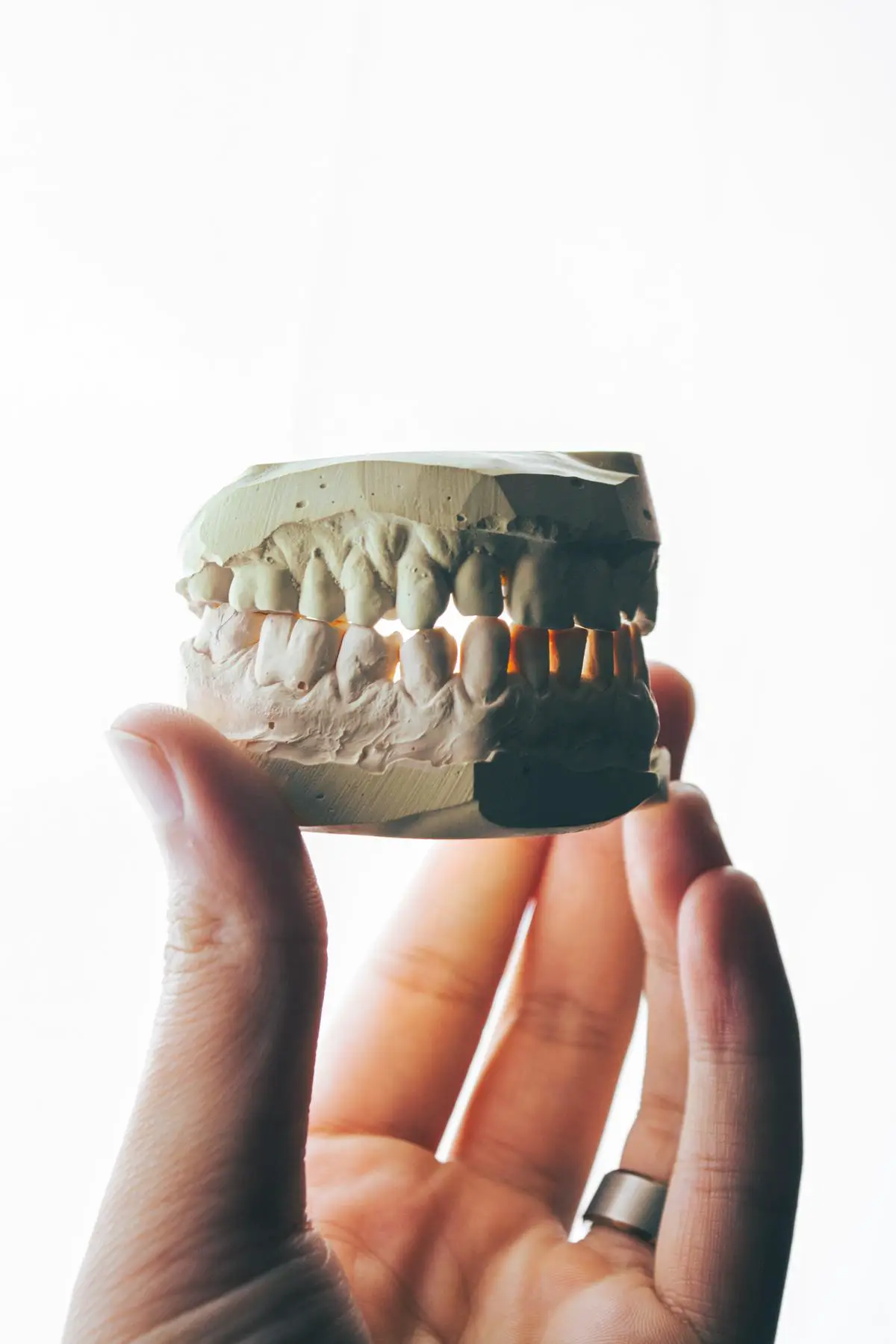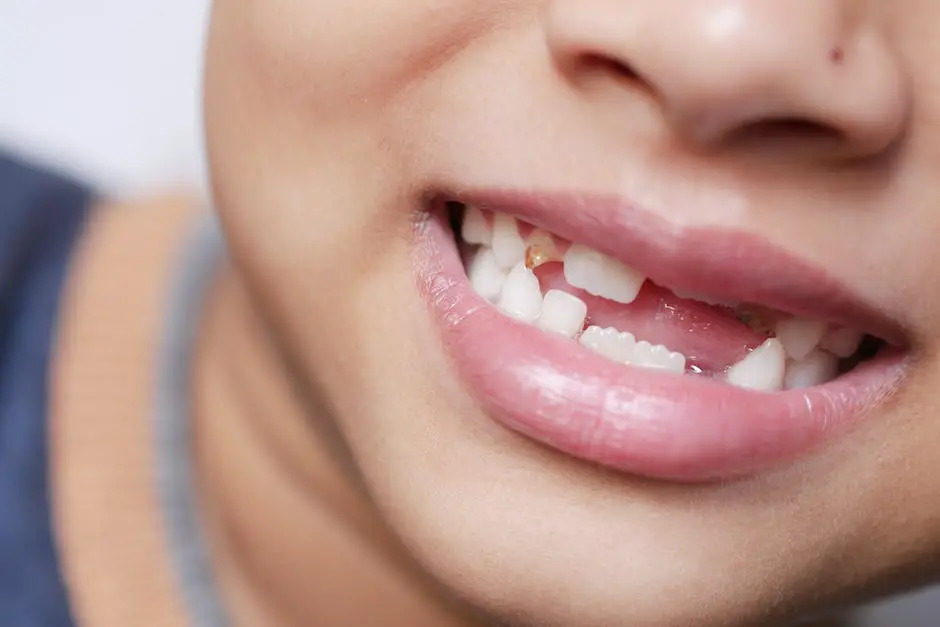The human mind remains an enigma, and no more so than when it drifts into the realm of dreams. A dream, a seemingly harmless journey that the mind takes when the body is at rest, has long been thought to carry significant meaning about our innermost thoughts and fears. One particularly common and curious motif that often surfaces in people’s dreams is that of losing teeth. Throughout history, this potent image has been woven into the fabric of various cultures, given different interpretations, and perceived through many psychological lenses. This paper delves deep into the layers of psychological and historical context associated with dreams of losing teeth, shedding light on how societal and cultural influences affect their interpretation, and scrutinizing current research to explore the evolving theories about these fascinating nocturnal phenomena.
Historical Context of Tooth Loss Dreams
Temporal Progressions in the Interpretation of Tooth Loss Dreams in Psychological Paradigms
The interpretation of dreams, a principal component of psychology, has exhibited dynamic shifts over diverse historical contexts. A particularly intriguing subject matter within this broader field is the dream of losing teeth, recounted frequently across ages and cultures. The psychological connotations attached to this specific genre of dreams have witnessed significant transformations over distinct historical periods.
Within the construct of ancient civilizations, dreams were generally regarded as divine messages. In Greek and Roman cultures, for instance, tooth loss in dreams was often linked with the death of a close family member. Moving further down in history to the medieval period, given their heavy reliance on signs and omens, such dreams were usually associated with fear, anxiety, and forthcoming calamity.
However, with the advent of Sigmund Freud and his psychoanalytic theory, interpretations became anchored in the individual’s subconscious. Freudian interpretations proposed that tooth loss dreams represented repressed anxieties and fears. The tooth, being an instrument of aggression and a sign of power, its loss was seen as a symbol of impotence or helplessness. Freud even linked such dreams to castration anxiety and sexual repression based on his psycho-sexual development model.
Concurrently, the work of Carl Jung added a different depth, emphasizing archetypal universal symbols. Jungian paradigms maintain that teeth represent nourishment and, hence, losing teeth could symbolize malnourishment or an inability to ‘digest’ life’s circumstances, thereby representing personal or professional loss.
As psychological perspectives continued evolving through the twentieth century, newer theories challenged the universality of interpretations. Cognitive theory, for example, considers dreams as reflections of waking life experiences. Thus, a dream of losing teeth could merely be a response to a recent tooth-related incident or anxiety about dental health.
In the most recent developments, neuroscience-oriented perspectives prioritize biological processes. Neurocognitive theory suggests that dreams are offshoots of brain activity during sleep, thereby discarding symbolic interpretations. Consequently, modern neuroscience may view tooth loss dreams as byproducts of sensations experienced during sleep relative to oral activities or ailments.
Despite the spectrum of interpretations across distinct schools of psychological thought, the universal prevalence of tooth loss dreams signals its integral relation to the human subconscious. While shifting paradigms render diverse interpretations, the fascination and intrigue surrounding tooth loss dreams persist even in the age of scientific determinism. Thus, this topic continues to be a fertile domain for psychological investigation and debate, symbolizing the dynamism inherent in the field of psychology.

Psychological Interpretations
Diving into the less-explored realms of dream interpretation, let us now investigate the modern psychological theories that seek to unveil the mystery of losing teeth in dreams. Over the years, experts have come up with two noteworthy models – Threat Simulation Theory (TST) and Continuity Hypothesis (CH).
Developed by Antti Revonsuo, a cognitive scientist, Threat Simulation Theory argues that dreams, specifically nightmares, function as a form of ancient threat simulation, equipping individuals to face real-world hazards. Within the context of dreams about losing teeth, the TST posits that these dreams may reflect an individual’s anxiety about physical appearance or fear of rejection, hence symbolizing a perceived social threat. The loss of teeth then serves as a training ground for the mind, a place for mental simulations of potential social dangers.
Interestingly, the Continuity Hypothesis propounded by noted psychologists like William Domhoff, offers an opposing perspective. It posits that dreams are merely an extension or continuation of our waking consciousness, reflecting mundane aspects of our day-to-day lives. Hence, in accordance with this theory, dreams are not prophetic or revelatory, but the expression of our subconscious thoughts, anxieties, and preoccupations. Consequently, dreams of losing teeth, under this theoretical lens, may symbolize general anxieties about change and transition or concerns about communication or personal effectiveness rather than having an elaborate symbolic interpretation.
In a bid to foster a dialogue between these two models, the notion of Expectation Fulfillment Theory by Joe Griffin stresses the need to learn from both shocking and emotional interplay effects during the day, and how they are expressed in dreams at night. Mapping this theory onto teeth loss dreams, these might be seen as the brain’s way of metaphorically filing away strong emotions which have transpired during wakefulness, leading to a greater understanding of these emotional upsets.
Moreover, in the present technological era, the integration of quantitative research methods has emerged, promising to unlock new avenues for understanding dream phenomena. Big data analytics and AI-driven dream pattern recognition could significantly enhance our understanding of dream symbols like teeth loss in the near future.
Indeed, the diversity of explanations reflects the enigma surrounding teeth loss dreams. From personifying anxieties to portraying unprocessed emotions, each theory brings a unique perspective to the table. Embodying the mosaic of scientific rigor and relentless curiosity, the mystery of tooth loss dreams reveals the multifaceted nature of dream interpretation and keeps psychologists and dream theorists forever engaged in this perplexing dialogue. Although we may not reach a definitive conclusion, each new perspective adds another piece to the ever-evolving puzzle of dream interpretation, illuminating the infinite corridors of the human mind.

Cultural and Societal Influences
Expanding on the previously discussed interpretations of teeth loss dreams, pivotal attention must be bestowed upon cultural and societal dimensions. Cultural paradigms largely condition our subjective experiences, and consequently, the symbolism tucked within the crevices of our dreams. Tooth loss dreams need to be examined within the matrix of socio-cultural contexts, revealing a welter of interpretations far removed from a mere universal rubric.
Distinct cultural patterns exert significant influence on the psyche’s symbolic language, influencing not only dream content but also its interpretation. For example, in numerous Indigenous cultures, teeth loss dreams are perceived differently compared to Western interpretations. Rather than death or loss of sexual vitality, these dreams mirror rebirth or personal transformation, a stark escalating twist from the rungs of decay to rejuvenation. The sundry cultural interpretations underscore the profound importance of ethno-cultural frameworks in interpreting the seemingly nonsensical realm of dreams.
Societal factors too, contribute to the interpretation of teeth loss dreams. A dominant finding in dream analysis has been the gender differential. Studies show that women frequently report teeth loss dreams during menstrual cycles or pregnancy. These dreams are perhaps a subliminal reflection of their bodily changes or discomfort. Moreover, societal standards of beauty centering on a perfect smile might induce tooth loss dreams due to anxieties related to physical appearance. The role of societal stressors and norms becomes evident in shaping dream content, underscoring the importance of sociological insights in psychological interpretations.
Attention must also be drawn to the cultural symbolism of teeth in different societies, which can indirectly partake in determining the significance of tooth loss dreams. Teeth often embody strength, ability, and vitality in many cultures, with its loss signifying a state of weakness, vulnerability, and decline. From losing one’s strength in African cultures to the fear of speaking out in contemporary societies, the symbolism of teeth divulges the cultural subtext behind teeth loss dreams.
Tooth loss dreams have thus unfurled a tapestry of multifarious interpretations. Their roots nibble at the edifice of culturally embedded meanings, societal norms, and individual anxieties, bridging the gap between the inner world of the psyche and the outer world of objective reality. This confluence of many worlds within the realm of dreams exhibits a rich, nuanced journey into the subjective realms of human existence, traversing through individual psychologies, cultural symbology, and societal structures.
A profound investigation into the realm of dreams, particularly teeth loss dreams, unravels a fascinating interplay of cultural and societal dynamics. Through integrating these factors in the interpretation of tooth loss dreams, one can gain an enhanced appreciation for the intricate relationship between dreams and reality and the constant interplay of personal, societal, and cultural narratives. The symbolic realm of dreams tells the human story in its most raw and untamed form, a journey both deeply personal and profoundly universal.

Current Research and Evolving Interpretations
Following the outline left by historical figures in psychology and dream interpretation, the role of culture in shaping the understanding of dreams, particularly those dealing with loss of teeth, assumes considerable significance. A casual observer may conclude that dream interpretation is strictly the domain of the individual. However, a more nuanced understanding reveals the fundamental influence of a collective cultural psyche on the interpretation of dreams.
Appreciating the gravity of cultural interpretation opens up new horizons for understanding dreams of tooth loss. Indigenous and traditional societies often offer a rich mine of interpretative wisdom that is yet to be fully harnessed by contemporary dream researchers. For instance, certain Australian aboriginal communities perceive dreams as a spiritual realm where future events are foretold. In their narrative, a dream about losing teeth may be interpreted as an omen of impending death.
The customary lens of societal interpretation also contributes to dream context. Consider the societal ideals of beauty and standards related to orally-focused features, such as a bright smile or aligned teeth. These can influence the individual’s unconscious and may manifest as dreams of losing teeth, serving as a reflection of fear and anxiety about societal gaze and critique.
Unearthing the significance of the cultural symbolism of teeth brings an additional layer for understanding these dreams. In many cultures, teeth symbolize power and assertiveness. Consequently, losing teeth in a dream could potentially imply a feeling of powerlessness in waking life.
The interpretation of dreams of tooth loss is no monolithic understanding; it epitomizes the confluence of diverse interpretations deeply rooted in the personal, cultural, and societal narratives. Here, the dreamscape becomes a stage for the enactment of the interplay of these narratives.
In what appears to be an eternal dialogue between psychologists, ancient sages, dream theorists, and the individual dreamers there emerges the awe-inspiring world of dreams – not merely as isolated events in the sleep cycle but as a continuous stream of dialogue with the unconscious undercurrents of the human psyche.
Ultimately, the realm of dreams is a symbolic universe, ripe with raw and universal expression of human experience. The plurality of views on teeth loss dreams – rooted in various schools of thought and cultures – underscores the complexity of dream interpretation and its ongoing evolution. It further cements the idea that much like mental phenomena, dreams resist oversimplification and instead, beg for an interpretative dance between individual and collective, biological and psychological, empirical and symbolic realms.
This vibrant amalgamation of factors dovetails the labyrinthine journey towards an understanding of our dreams, their origins, and meanings. As researchers continue to explore the enigmatic world of dreams, they reflect, in essence, the human pursuit of knowing and understanding oneself, and the world we navigate—both in our waking hours and in the depths of our dreams.

Throughout the ages, the symbolism associated with losing teeth in dreams has evolved, reflecting the dynamism inherent in the field of dream studies. The psychological interpretations of these dreams, deeply rooted in the historical context and shaped by cultural and societal influences, offer glimpses into the human psyche. Furthermore, current research enriches this understanding by adding new dimensions and perspectives to traditional concepts. While there remains much to be understood about these alluring mental manifestations, one thing is certain: Our dreams, ephemeral and often bewildering, offer an unsolicited yet profound peek into our deepest fears, desires, and emotions. The quest to comprehend this enigmatic language of the subconscious continues, driving forward the fascinating field of dream interpretation, mired in symbolism and intrigue.
